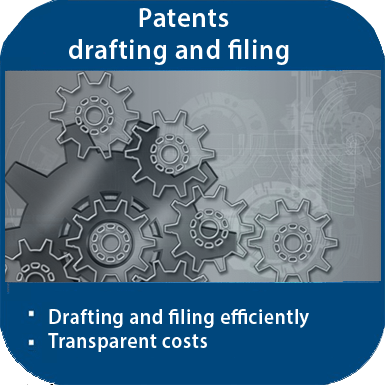ECJ on technical function in industrial design

Especially in industrial design, there is often a close link between technical and creative aspects. However, if a design is exclusively conditioned by its technical function, it cannot claim protection as a design.
Technical function in industrial design
According to the case law of the European Court of Justice (ECJ, Judgment of 8 March 2018, DOCERAM, C-395/16, EU:C:2018:172), the examination of a design as to whether the features of appearance of a product are exclusively due to its technical function is based on
(i) the objective circumstances from which the motives for the choice of the appearance features of the product in question are clear
(ii) information on its use
(iii) the existence of alternative designs capable of fulfilling the same technical function.
The European Court of Justice has now ruled on such a case on a reference for a preliminary ruling (2 March 2023, C 684/21). This dispute about a European design and protection as a Community design concerns the design ‘packing device’ of Sprick (Germany).
Legal dispute for years
The background to this ECJ decision is a legal dispute between Papierfabriek Doetinchem BV and Sprick GmbH Bielefelder Papier- und Wellpappenwerk & Co in Germany.
Sprick brought an infringement action against Papierfabriek Doetinchem before the Düsseldorf District Court for an alleged infringement of rights under the Community design 'Packing Device', of which Sprick is the proprietor.
Papierfabriek Doetinchem counterclaimed for a declaration of invalidity of that design on the ground that all its features were solely due to the technical function of the product in question. This action turned into proceedings through several instances:
18 May 2017: The Düsseldorf Regional Court of First Instance dismissed the counterclaim.
27 June 2019: The Düsseldorf Higher Regional Court (OLG Düsseldorf) upheld the counterclaim; in particular, the OLG took into account the patent disclosure EP 2 897 793 claimed by Sprick for the packing device protected as a design, in which all features of this product had been explained as technically advantageous.
7 October 2020: The Federal Supreme Court (BGH) overturned the decision of the OLG Düsseldorf and referred the case back to the OLG (BGH - Papierspender, I ZR 137/19).
BGH Decision 'Papierspender'
The concept of the technical function of a product within the meaning of Art. 8(1) CDR is not necessarily congruent with the technical teaching protected by a patent, the BGH explained. The OLG Düsseldorf had attached too much importance to Sprick's patent disclosure document EP 2 897 793 and had not taken into account all relevant aspects of the individual case.
According to the Federal Supreme Court, the OLG Düsseldorf should have considered whether visual considerations had also played a role in the design of the product in question, which consisted of two connected components, because such a design made it possible to realise a two-coloured product, as the product actually sold showed.
Moreover, the OLG Düsseldorf could not disregard the fact that Sprick had a number of designs for alternative shapes which could be used to pursue the same technical function as the product manufactured in accordance with the design at issue in the main proceedings.
The Düsseldorf OLG then held that the two-colour feature was not apparent from the registration of that design and stayed the proceedings. The OLG requested a preliminary ruling from the ECJ, which has now replied.
The reference for a preliminary ruling
What is the significance of the fact that the owner of the design also has design rights for a plurality of alternative designs, especially if the alternatives can fulfil the same technical function?
And is multicolouring to be taken into account when examining whether the appearance features of a product are exclusively due to its technical function - even if the colour design is not apparent from the design registration?
Are alternative designs relevant?
ECJ’s answer to the first preliminary question is in short: "YES":
In the question whether the appearance characteristics of a product (according to Art. 8(1) of Regulation (EC) No 6/2002) are exclusively determined by its technical function, the existence of alternative designs by which this technical function could be fulfilled must be taken into account, the ECJ ruled.
But, it is not relevant whether and to what extent the owner of the design is also the owner of a plurality of alternative designs, the Court added.
Is multi-colour to be taken into account in any case?
On the other hand, ECJ’s answer to the second preliminary question is in short: "no":
If multicolouring is not apparent from the registration of a design, then it is also not to be taken into account on the question of whether the appearance characteristics of a product are determined exclusively by its technical function.
The mere possibility of a multicolouring, which allows the two-part design of the product in question, has a subjective character if this multicolouring is not included in the representation of the design at issue in the main proceedings, the ECJ explained, therefore this is not sufficient to exclude the application of the exception provided for in Article 8(1) of Regulation No 6/2002.
Once again, this case shows the relevance of using detailed knowledge of patent and design law to draft an effective claim for industrial design protection.
Our patent law firm has proven expertise in national and international patent and design applications. Please request a business proposal - it is free of charge and non-binding for you. Contact us by phone at +49 (0)69 69 59 60-0 or info@kollner.eu.







